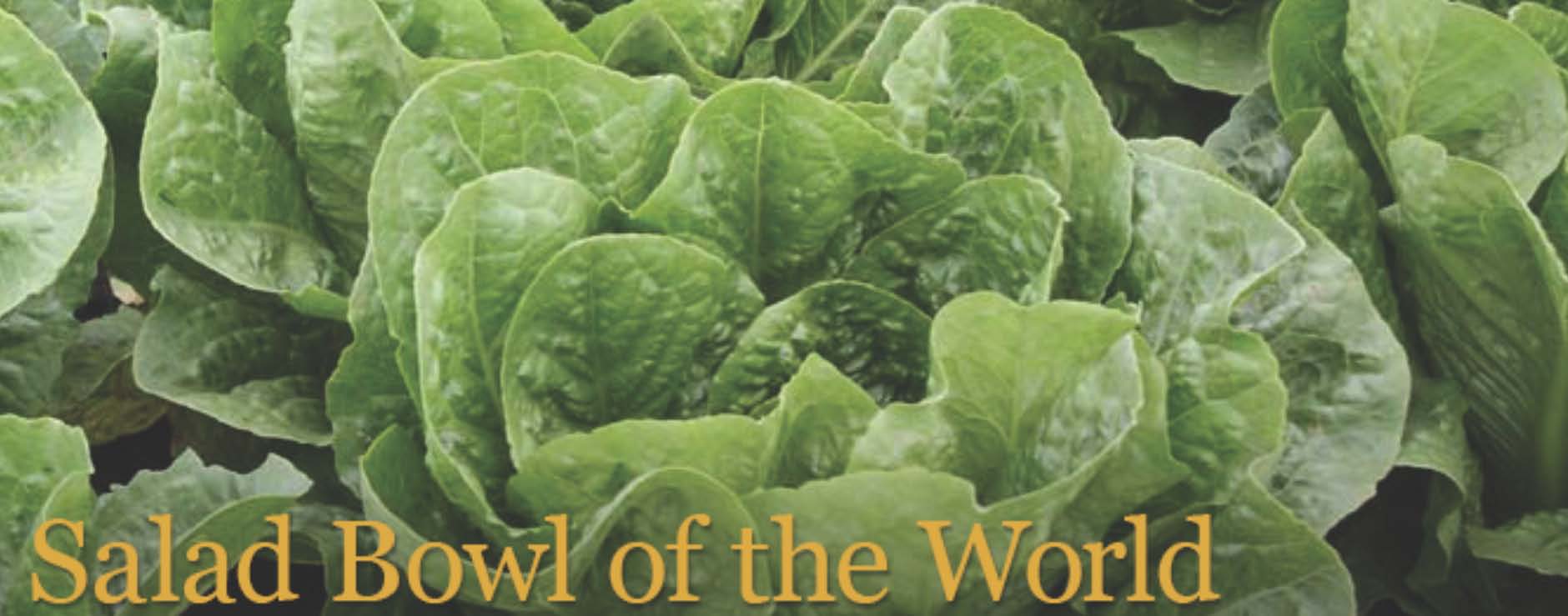Food Safety Inspections Coming
Operations with More than $500,000 Are First
By Patrick Cavanaugh, Editor
Shelly Phillips is with the CDFA’s Produce Safety Program and supervises four inspectors with the eventual hiring of six more. She spoke about what to expect during a food safety inspection of farm operations at the recent Safe Food Alliance Conference in Monterey.
“These will not be surprise inspections. We will be calling and letting growers know that we want to inspect the operation and scheduling an appointment,” Phillips said.
From that point, an inspector will be following up with the farmer with logistic questions such as: “What are you growing?”, “When are you harvesting?”, and “What is the best time in terms of coming out to the operation?”
The goal is to have the inspection be collaborative between the farmer and inspector. It needs to be done during harvesting and handling conditions.
If an operation is unwilling or unresponsive, there could be an unannounced inspection.
“If we have called a grower three or four times and there are no return calls, and we have tried to reschedule multiple times, we may do an unannounced inspection because there might be a reason for the push back,” Phillips explained.
Also, if there are uncorrected produce safety issues, there could be an unannounced follow-up inspection.
“This will happen if we have been out to a farm under an announced inspection and there have been corrective actions that need to be observed, and there needs to be a follow-up; then there could be an unannounced inspection,” Phillips said. “We can also come out in response to a complaint or a foodborne outbreak investigation.”
Arriving On The Farm
“Let’s say the inspector arrives on a Tuesday … his or her identification will be shown, as well as a notice of inspection,” Phillips said. “They will want to speak to someone who is directly in charge. That person will be a farm manager or food safety manager, instead of someone not responsible for anything on a day-to-day basis.”
The inspector will explain the scope of the inspection based on what the grower is doing on the operation.
“If the grower is harvesting or packing, then we will be looking at that. We also want to see the grower training, [and] health and hygiene records.”
There is no set time length for the inspections, as it will depend on the size of the farming operation, as well as what the farm has prepared ahead of time for the inspector. Being prepared means having all food safety records available, and knowing where all water sources are. Also, if there are many observations that need to be corrected, then that could extend the inspection time.

















